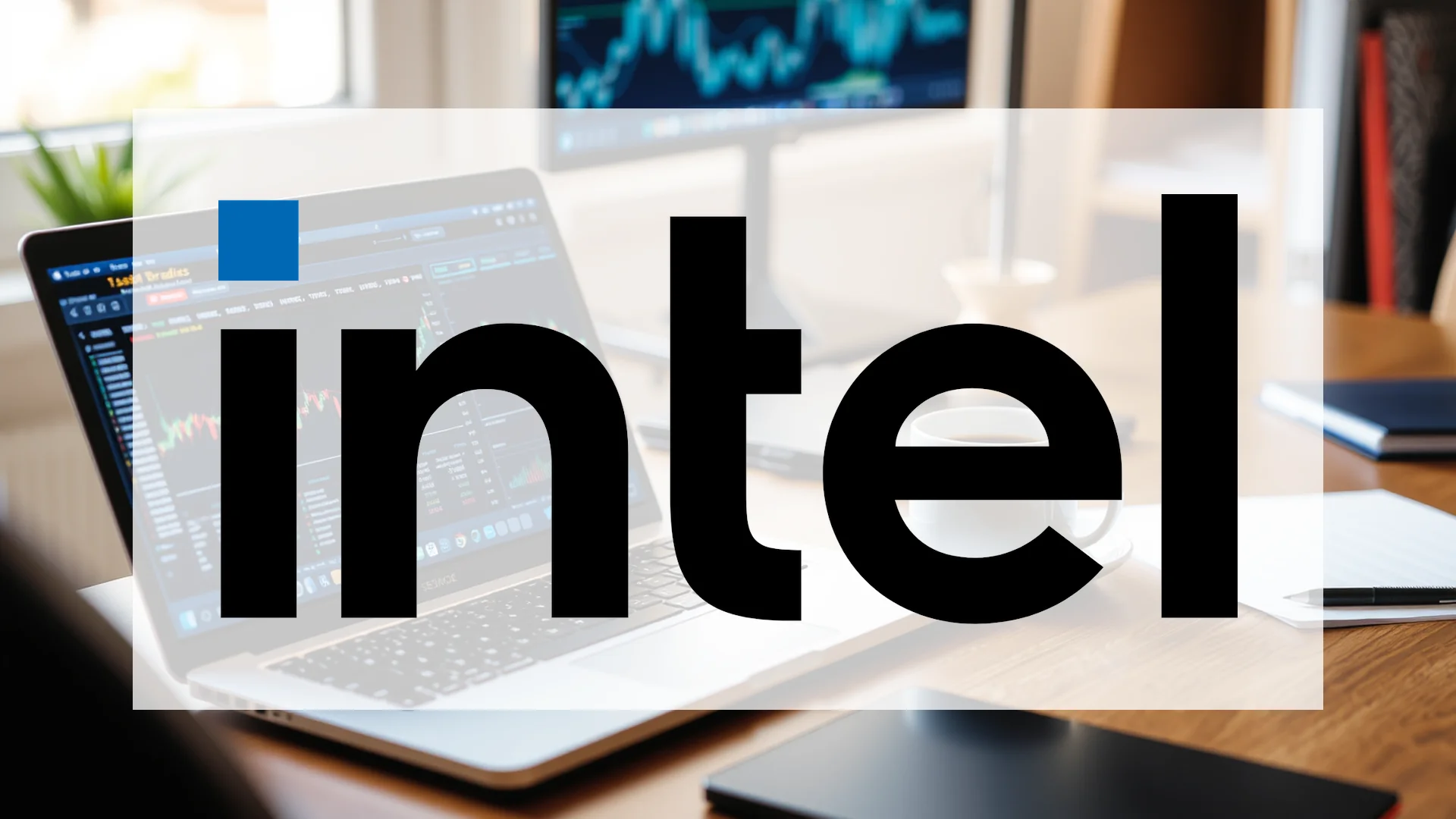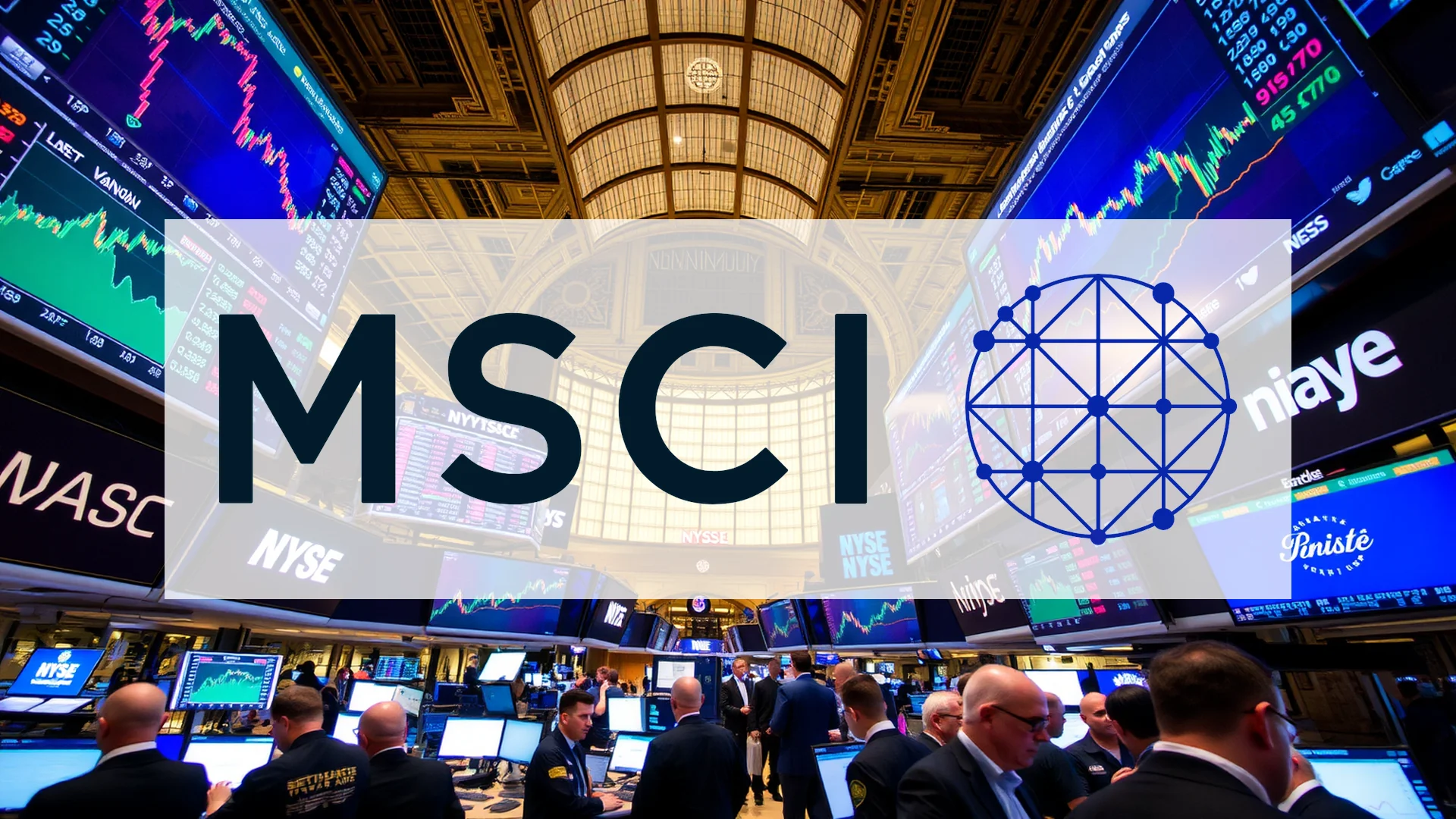The embattled semiconductor giant Intel is receiving an unprecedented $8.9 billion lifeline from the U.S. government, a historic intervention that grants Washington a 10% equity stake in the company. This massive capital injection arrives amid a perfect storm of executive departures and radical corporate restructuring, raising fundamental questions about whether state support can truly stabilize the faltering chip pioneer.
Unprecedented Government Intervention
On August 22, 2025, the Trump administration made industrial history with its direct investment into Intel, marking the first time in decades that the U.S. government has taken such a significant position in a major technology corporation. President Trump characterized the move as demonstrating “confidence in Intel’s ability to advance national priorities.” Market observers, however, are questioning whether taxpayer funds should prop up a company whose share price has collapsed by 60% over the past year.
This substantial government support builds upon previous CHIPS Act allocations. Intel had already secured $5.7 billion in grants ahead of schedule through a modified agreement with the Commerce Department. While this financial restructuring eliminates previous milestone requirements, it maintains restrictions on dividend payments, stock buybacks, and certain international expansion activities.
Management Exodus Amid Restructuring
Even as federal funds begin flowing, Intel is experiencing a significant brain drain from its upper ranks. Three senior manufacturing executives announced their departures in early August, signaling ongoing turbulence within Intel’s critical foundry operations. Technology development vice presidents Kaizad Mistry and Ryan Russell, along with Gary Patton from the Design-Technology-Platform organization, are exiting as CEO Lip-Bu Tan implements sweeping organizational changes.
These high-profile departures coincide with Intel’s plans to significantly reduce its manufacturing capacity team and engineering workforce, according to insider reports. These cuts form part of CEO Tan’s broader restructuring initiative that aims to shrink Intel’s employee count to 75,000 by year-end—representing a 22% reduction from current levels.
Should investors sell immediately? Or is it worth buying Intel?
Manufacturing Challenges and Financial Pressure
Intel’s manufacturing operations, now under the leadership of former Micron Technology executive Naga Chandrasekaran, face mounting pressure to deliver on the company’s ambitious foundry strategy. The development of Intel’s next-generation 14A manufacturing process is entirely contingent on securing confirmed customer commitments, while the 18A process may remain limited to internal use if external customer demand fails to materialize.
The company’s second-quarter 2025 results, released in July, continue to reflect significant challenges. Intel provided third-quarter 2025 revenue guidance of $12.6-13.6 billion with a projected EPS of ($0.24). CEO Tan’s acknowledgment that achieving adequate returns requires substantial external customer commitments for advanced manufacturing processes underscores the urgency of Intel’s situation.
Competitive Landscape and Valuation Concerns
With a current market capitalization of approximately $92 billion, Intel’s weakened position in the semiconductor sector is becoming increasingly apparent. The company has largely missed out on the AI demand surge that has benefited competitors like NVIDIA and AMD. Intel shares currently trade at a forward P/E ratio of 31.37 for the next twelve months—significantly higher than both NVIDIA (22.70) and AMD (19.24)—despite the company’s ongoing operational challenges.
The partnership with the Trump administration presents both opportunities and constraints as Intel attempts to transform itself from a traditional CPU manufacturer into a comprehensive foundry service provider. The success of this strategic pivot depends entirely on attracting major external customers for advanced manufacturing processes while maintaining technological leadership in an increasingly competitive market.
The coming quarters will prove critical for Intel as it must demonstrate tangible progress on its foundry ambitions, manage ongoing workforce reductions, and satisfy both commercial customers and government stakeholders. The fundamental question remains: will this historic government intervention provide Intel with the breathing room it needs, or will it ultimately constrain the company’s strategic flexibility?
Ad
Intel Stock: Buy or Sell?! New Intel Analysis from December 8 delivers the answer:
The latest Intel figures speak for themselves: Urgent action needed for Intel investors. Is it worth buying or should you sell? Find out what to do now in the current free analysis from December 8.
Intel: Buy or sell? Read more here...












